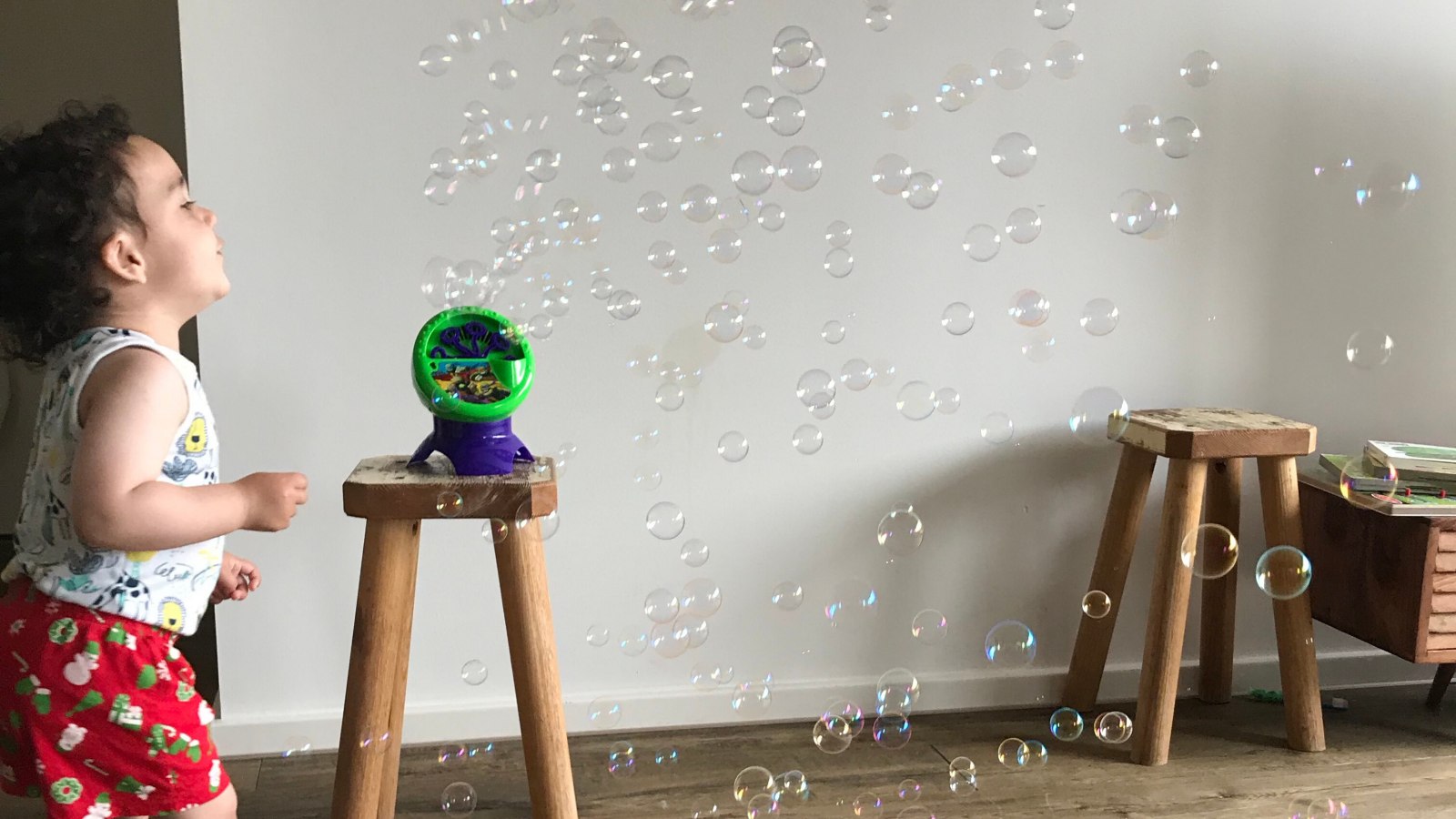
The bubble is the concept used by the New Zealand Government to describe the small units we stayed within during lockdown in alert level 4 and alert level 3 to halt the spread of the COVID-19 pandemic.
“I felt like nobody was really writing or engaging with the concept of the bubble, but I knew we had used this metaphor before in a very different place. My medical anthropology brain was going into overdrive and looking at the bubble seemed a good starting point,” says Dr Appleton, who is a senior lecturer at the Centre for Science in Society (Faculty of Science) at Te Herenga Waka—Victoria University of Wellington.
As it turned out, there were others thinking about the bubble concept, and after writing on bubbles as a public health intervention for science, medicine, and anthropology website Somatosphere, she joined 11 other academics in contributing to a rapid research report about living in bubbles during the COVID-19 pandemic.
The report draws on survey work with over 2000 self-selecting participants and is part of an ongoing research project led by Dr Nicholas J Long, an associate professor of anthropology at the London School of Economics. Collaborators include anthropologists Associate Professors Sharyn Davies (AUT) and Associate Professor Susanna Trnka (UoA), as well as Māori scholar Dr Pounamu Jade Aikman, intersex scholar Dr Rogena Sterling (UoW), and other social scientists including Dr Antje Deckert, Dr Laumau Tunufa’i, and Professor Elenor Holroyd at AUT. The team in the UK includes Dr Megan Laws, and doctoral candidates Naseem Jivraj and Nikita Simpson. Collectively the group aims to provide evidence for how and where the bubble works as an intervention – but also where and how it falls short.
The bubble metaphor, says Dr Appleton, has historically been used to describe boundaries, whether they be racial, gender, or class boundaries. “We all live in some type of bubble. And bubbles historically work to exclude people, particularly people like me, as a woman of colour. Yet, this time around in New Zealand they turned out to be helpful as public health intervention. In particular, they encouraged willing participation. This was fascinating for me.”
Dr Appleton is currently exploring how the bubble metaphor works in some situations and not in others. She, along with her team, is asking if there is something about the ‘popping’ of the bubble that makes it appealing as an intervention.
She says the bubble worked as a public health intervention because, “as a concept, people understood it immediately. It wasn’t a balloon, it wasn’t a cocoon, it wasn’t a box, it was a bubble. It allowed play, and it allowed you to understand the sphere that you exist in. And its impermanence led me to look at it momentarily as something that can be a hopeful tool. Imagining the popping of the COVID-19 bubble allows us to imagine a world together without these enclaves, these bubbles, and ghetto spaces.”
The key to the success of the bubble was that it was easily understood, accepted, and acted upon by the public. It was accessible across language, race, and age. “You ask a ten-year-old child to stay in the bubble, and that puts a serious message across while being fun and interesting. It’s child’s play combined with some really serious heavy lifting in terms of safeguarding health.”
But this success comes with a warning, says Dr Appleton. “Because the bubble concept worked so well here, it’s going to be very hard for us to do critical thinking on it. And any concept—public health or political—requires us to do critical thinking around it.”
What we have been through during lockdown has seen us reconfigure how we view society, she says. “The choice will be ours, and as a collective, people will either just go back to things as usual, and the middle class will push for that because they stand to gain; but it will be our job as academics, to pop those societal bubbles.”
As the country eased restrictions to alert level 3 and bubbles were encouraged to merge with caution, Dr Appleton and her fellow researchers found that the complexities around this shift were greater for people that weren’t in nuclear-family-type bubbles, and those who weren’t employed.
“If you were in the working sphere, you were getting better instructions about what your life was going to be like. Most of us were getting instructions where we worked. If you didn’t work, you were forced into ambiguous spaces to imagine what was happening.”
She thinks that the bubble could be helpful for other countries still grappling with their response to COVID-19, but that they need to take their local context into account.
“The research report indicates that the short-term public health intervention of bubbles as a way to manage people worked. It was effective, helpful, and clear, and it would work in other settings as well, with modifications for local context put in place.
“I say we try and spread it as a stop-gap to encourage economic recovery, like the concept that has been floated of the Trans-Tasman bubble, while doing the political work of ensuring we live bubble-free and globally connected, very conscious lives and livelihoods,” says Dr Appleton.
The conversation on the public health bubble, she feels, will allow us to do more political work for a post COVID-19 world which pushes for bubble-free lives for everyone.
The research is ongoing and if you are interested in participating, the survey is available here: https://bit.ly/NZlevel2